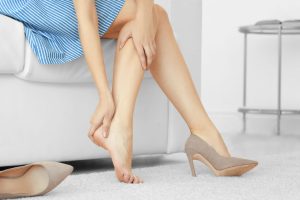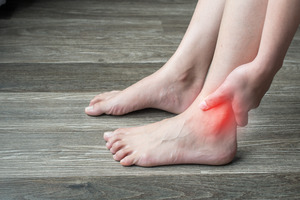Treatment aims to reduce pain and inflammation (if present), promote tendon healing, and restore function. A personalised plan is developed after assessment, focusing primarily on non-surgical methods.
Non-Surgical Treatments
Conservative approaches are effective for most cases and may include:
- Rest and Activity Modification: The crucial first step involves reducing or stopping activities that cause pain. Switching to low-impact exercise (like swimming) may be advised.
- Ice Therapy: Applying ice packs to the affected area helps manage pain and swelling.
- Stretching and Strengthening Exercises: Specific exercises, particularly eccentric strengthening for the calf muscles, are vital for rehabilitation.
- Supportive Footwear: Wearing shoes with good cushioning and support.
- Orthotic Devices: Heel lifts or custom orthotics may be prescribed to reduce strain on the tendon or correct biomechanical issues.
- Physical Therapy: A structured rehabilitation program guided by a therapist is often essential for recovery.
Struggling with Achilles pain? Our Singapore podiatrists can help create your recovery plan. Book an Assessment
Surgical Options
Surgery is generally considered only for persistent cases that haven’t improved after several months (typically 6+) of consistent non-surgical treatment, or in cases of significant tendon tears or rupture. Surgical procedures aim to repair the damaged tendon tissue.




